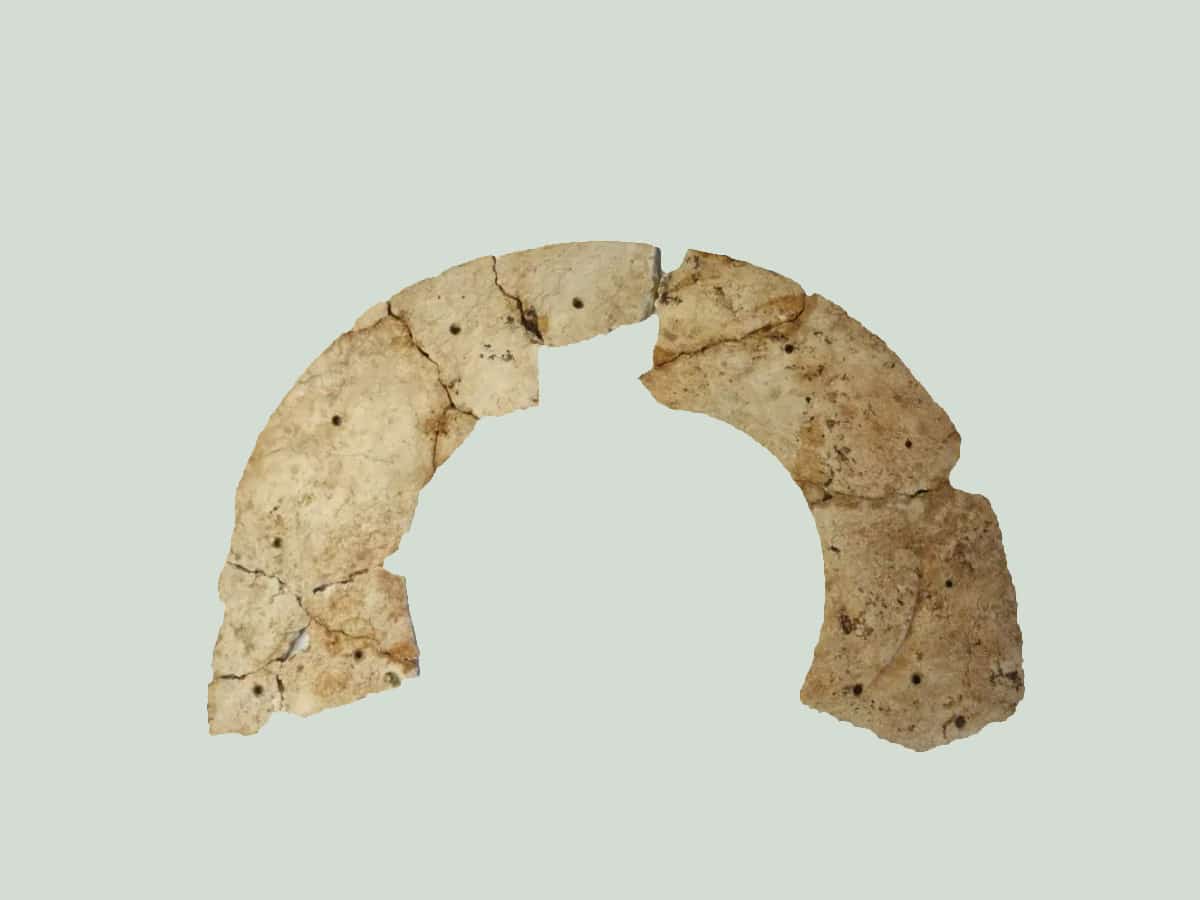Archaeologists from the Anhui Provincial Cultural Relics and Archaeology Institute have uncovered a sacrificial pit at the Lingjiatan archaeological.
Lingjiatan is located along the Yangtze River in Hanshan County, Anhui Province, China. The site was first discovered in 1985 in Lingjiatan village, when a village digging a grave for his late mother discovered jade and stone tools.
He reported the finds to the local cultural bureau, leading to a series of systematic excavations revealing a large Neolithic settlement that dates from between 5,300 to 5,800-years-ago.
Previous excavations have unearthed densely arranged Neolithic tombs and other important vestiges, such as altars, sacrificial pits, stone circles, and the foundations of numerous residential dwellings.
In the latest season of excavations from October 2021 to April 2022, archaeologists have excavated a 327 square-metre area near a cemetery, where they found a neolithic sacrificial pit measuring over 13 feet in length at a depth of 1 foot.
The pit is filled with baked clay bricks, stone tools, and several remains of bones, where the Neolithic inhabitants likely burned jade as part of a ceremonial sacrifice. Excavations of the pit have also revealed over 400 artefacts, including beads, bracelets, combs, and jade accessories.
Among the notable finds is a large Chinese arc-shaped jade artefact known as huang, the largest such item found at a Chinese archaeological site from the Neolithic period, and a dragon-shaped jade object.
Zhang Jingguo, a researcher at the Anhui institute told ChinaDaily: “The variety and fragility of the jade unearthed at Lingjiatan has rarely been seen at other sites. It demonstrates the outstanding craftsmanship and rich spiritual world of those who lived there.”
“These new findings further consolidate the site’s landmark status in studying early civilisations. The site is key to unfolding the start to 5,000 years of Chinese civilisation,” added Jingguo.
Header Image Credit : Anhui Provincial Cultural Relics and Archaeology Institute





